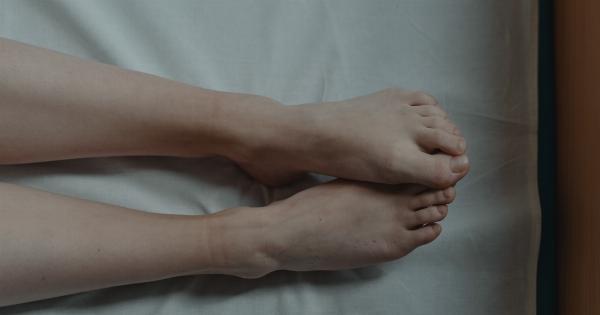Knee arthroplasty, commonly known as a knee replacement surgery, is a medical procedure that has revolutionized the medical industry. With the advancements in technology and medical science, knee arthroplasty has become a routine medical procedure.
However, with the increasing popularity of the surgery, many myths and misconceptions have emerged about it. It is crucial to separate fact from fiction and understand the procedure to make an informed decision.
Myth 1: Knee Replacement Surgery Is Only For Old People
It is a widespread myth that only older people need knee replacement surgery. However, this is far from the truth. In fact, younger people who lead an active lifestyle can also benefit from the procedure.
Knee replacement surgery can help people who suffer from knee pain due to arthritis or other injuries that have damaged the knee joint and have reduced mobility and flexibility.
Myth 2: Knee Replacement Surgery Is Very Painful
Another common misconception about knee replacement surgery is that it is an extremely painful procedure.
However, advancements in anesthesia during the surgery and the use of pain management techniques have made the surgery much less painful than in the past. During knee replacement surgery, the patient is usually given general anesthesia or a spinal block, numbing the area from the waist down. After surgery, patients are given pain medication to help manage any pain or discomfort.
Myth 3: Knee Replacement Surgery Will Cure All Knee Problems
Knee replacement surgery is an effective treatment for many knee problems, but it is not a cure-all. The procedure is designed to replace damaged or worn-out knee joints with an artificial joint.
However, it cannot restore full range of motion or flexibility to the knee. Patients will need to do physical therapy and exercises after surgery to improve mobility and regain strength.
Myth 4: Knee Replacement Surgery Is Risky and Unsafe
Every medical procedure comes with some risks, and knee replacement surgery is no exception. However, the risks associated with the surgery are quite low.
The most common risks during knee replacement surgery are bleeding, infection, and blood clots in the legs. However, these are relatively rare, and modern surgical techniques and equipment have made the procedure much safer than in the past.
Myth 5: Patients Will Need to Stay in the Hospital for a Long Time After Surgery
Traditionally, patients who underwent knee replacement surgery had to stay in the hospital for an extended period. However, advancements in medical technology and surgical techniques have allowed for shorter hospital stays.
For many patients, knee replacement surgery is now an outpatient procedure, and they can go home the same day or the day after. This not only reduces the cost but also promotes a faster recovery time as patients are back in the comfort of their homes as they heal.
Myth 6: Patients Will Never Be Able to Return to Their Normal Routine After Surgery
Knee replacement surgery is a major surgery, and many people worry that they will not be able to resume their normal activities after the surgery. However, this is not true.
While patients need to be careful during the recovery phase, most patients are able to resume their normal activities after they have sufficiently recovered. Patients usually need to avoid high-impact activities such as running or jumping, but they can still enjoy low-impact activities such as swimming, cycling, and walking.
Myth 7: All Knee Replacement Surgeries Are the Same
There are different types of knee replacement surgeries, and each procedure is tailored to meet the specific needs of individual patients. Some patients may need a partial knee replacement, while others may require a total knee replacement.
The surgeon will evaluate the patient’s condition and decide on the most appropriate surgery.
Myth 8: Physical Therapy Is Unnecessary After Knee Replacement Surgery
Physical therapy is an essential part of the recovery process after knee replacement surgery. Physical therapy helps patients regain strength and mobility and ensures that they get the maximum benefit from the surgery.
Patients need to regularly perform exercises and follow a physical therapy program as prescribed by their doctor to ensure a full and speedy recovery.
Myth 9: Knee Replacement Surgery Is Expensive and Not Covered by Insurance
Knee replacement surgery is an expensive procedure that can cost thousands of dollars. However, most health insurance plans cover the cost of knee replacement surgery.
Patients should check with their insurance provider to see what is covered and what is not. In some cases, patients may need to pay a portion of the cost out of pocket, but many insurance plans cover the majority of the cost.
Myth 10: People Who Have Had Knee Replacement Surgery Cannot Donate Blood
People who have had knee replacement surgery can donate blood. However, they need to wait for a specific period after the surgery before they can donate blood.
The waiting time varies depending on the individual’s health condition and the type of surgery they have undergone. Patients should consult their doctor before donating blood after knee replacement surgery.





























